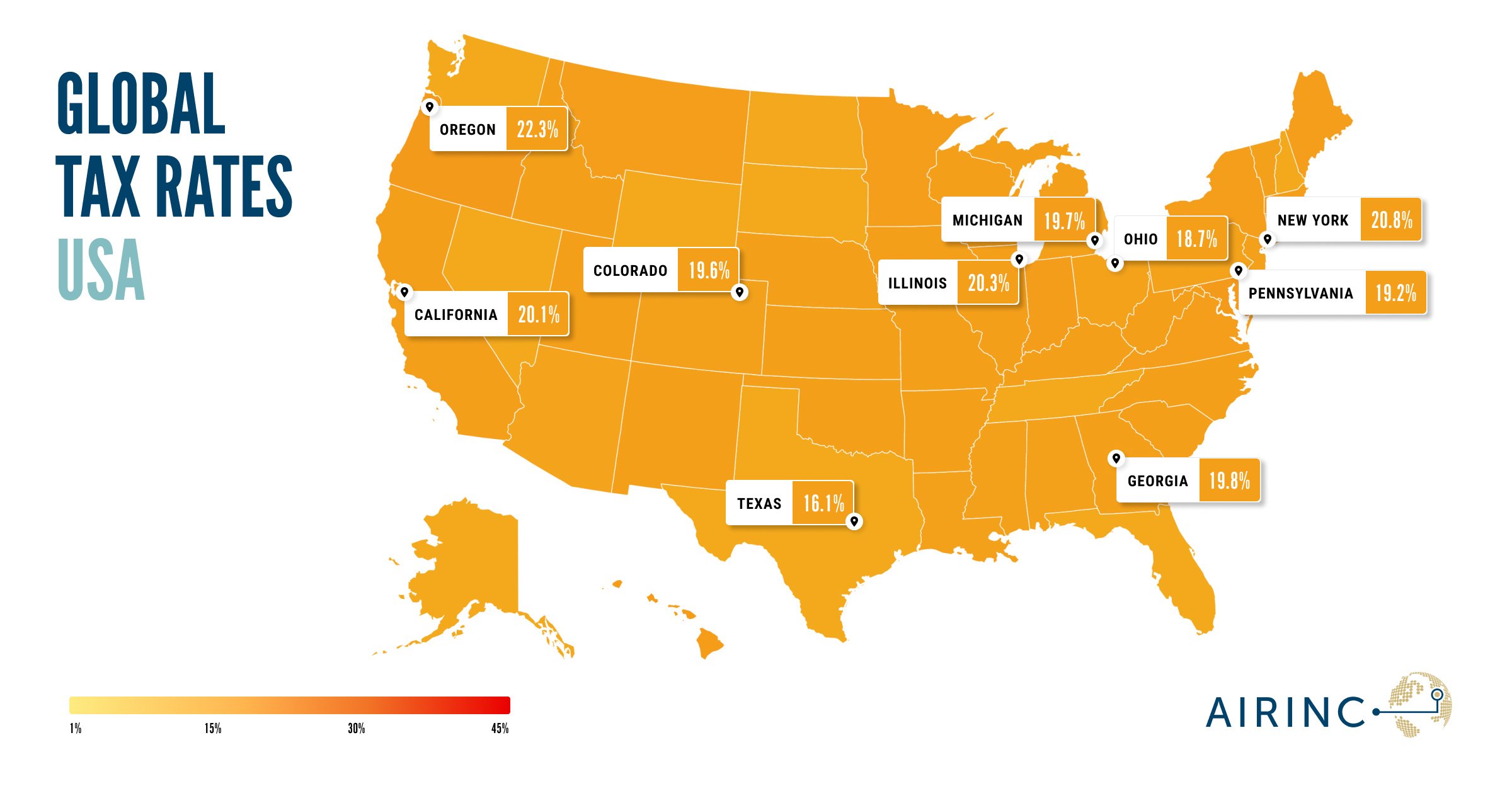More tax changes - what is the impact on global mobility?
On August 24, 2022, President Biden announced an executive order to forgive between $10,000 and $20,000 of federal student loan debt. The order also announced a fifth (and final) student loan payment pause through December 31, 2022. The White House estimates that 43 million borrowers will benefit from the forgiveness plan.
To be eligible for the debt cancellation, borrowers must have an adjusted gross income (AGI) in tax years 2020 or 2021 that is less than $125,000 for single filers, or less than $250,000 for married couples and heads of household. Student loans must have been taken out prior to June 30, 2022.
Qualified Federal Pell Grant borrowers are eligible for up to $20,000 in loan forgiveness, and other eligible borrowers can receive up to $10,000 of forgiveness for loans held by the Department of Education.
Tax Impact
The federal tax code generally treats any discharge of indebtedness as taxable income, meaning that if a lender forgives a loan, the entire amount of forgiveness must be reported as income on the borrower’s tax return. However, the American Rescue Plan passed in 2021 specifically excludes student loan forgiveness from federal taxation through 2025. Therefore, this program will not result in any federal taxes due on the cancelled debt.
However, not every state conforms with the current version of the Internal Revenue Code (IRC), meaning that state income tax may be due on the cancelled debt. Each state is granted the authority to set their own conformity to the federal tax law.
According to the Tax Foundation, the leading independent tax policy authority, there are currently five states that appear to tax student loan debt forgiveness under existing legislation: Arkansas, Minnesota, Mississippi, North Carolina, and Wisconsin. The tax due of $20,000 of loan forgiveness in Minnesota could be as much as $1,970. These states still have the administrative authority to exclude the forgiven student debt from income and will likely face pressure from constituents to do so. Most states are expected to provide explicit guidance on their student loan forgiveness taxation stance in the coming weeks and months.
Several states have already proactively declared that there will be no income tax due on the loan discharge, despite specific or ambiguous state tax law on debt forgiveness, such as California, New York, and Pennsylvania.
Global Mobility Impact
Most tax equalization and relocation policies do not specifically address student loan forgiveness since it is a new tax concept and not related to an international transfer. However, a provision or ethos that says that an individual should be “no better or worse financially because of a work-related transfer” may come into play.
In some circumstances, a U.S. individual that normally earns less than the eligible AGI amount ($125,000 single, $250,000 couple) may unintentionally have reported AGI income amounts that exceed the 2020/2021 threshold when considering expat allowances and reimbursements paid by the company, such as shipment of goods, housing, COLA, education, etc.
For example, let’s say a single employee with a base salary of $100,000 was on assignment during 2020 and 2021 and, because of expatriate allowances and reimbursements, reported an AGI of $175,000 in both tax years. This individual would not qualify for the student loan forgiveness program but would have qualified had they not gone on assignment.
Does the company have a policy or position on whether this individual should qualify for reimbursement for the lost benefit of student loan forgiveness? Global mobility professionals may want to proactively convene with relevant stakeholders to discuss their position before an affected employee requests assistance for not qualifying for the forgiveness program.








